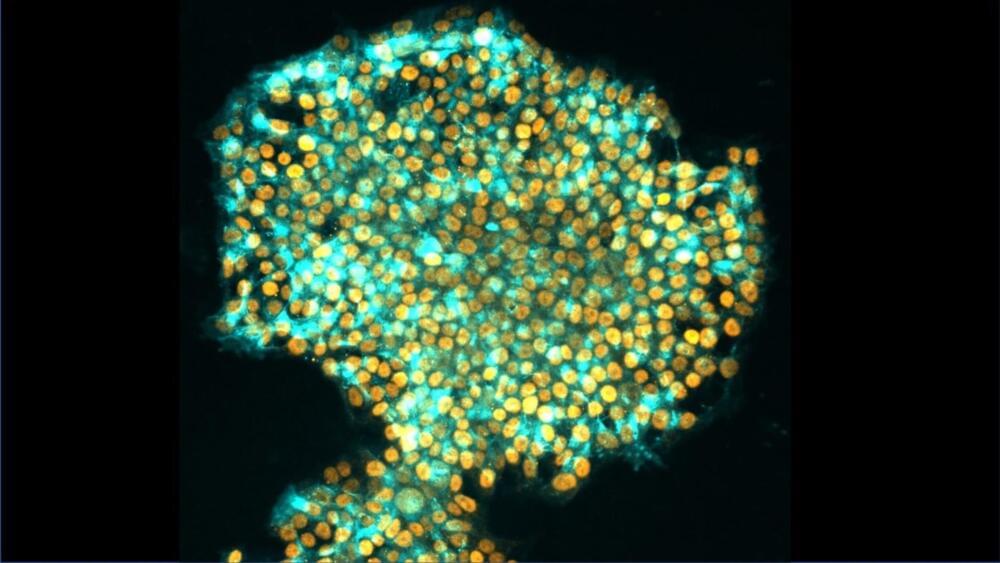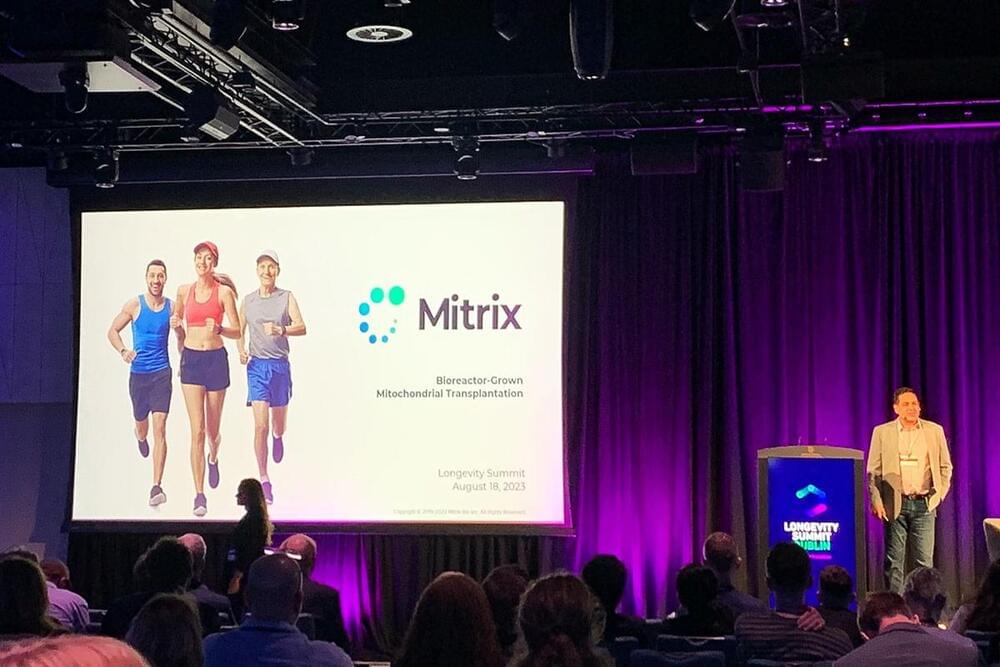Chiral molecules are those that have two versions that are mirror images, like our right and left hands. These molecules have the same structure but different properties when they interact with other molecules, including those inside our bodies. This is important for example in drug molecules, where only the right-or left-handed version may have the desired effect.
Detecting and quantifying the chirality of matter however has been difficult. Current methods using a form of light that produces a (right-or left-twisting) helix have the problem that each turn of the helix is much larger than the molecules. This creates important challenges for detecting molecular chirality.
Now, researchers at Imperial College London, with collaborators in Germany and Spain, have come up with a new way to use light to detect chirality. Instead of making light helix in space, they have devised a way to make it helix in time using lasers with moderate intensities.







